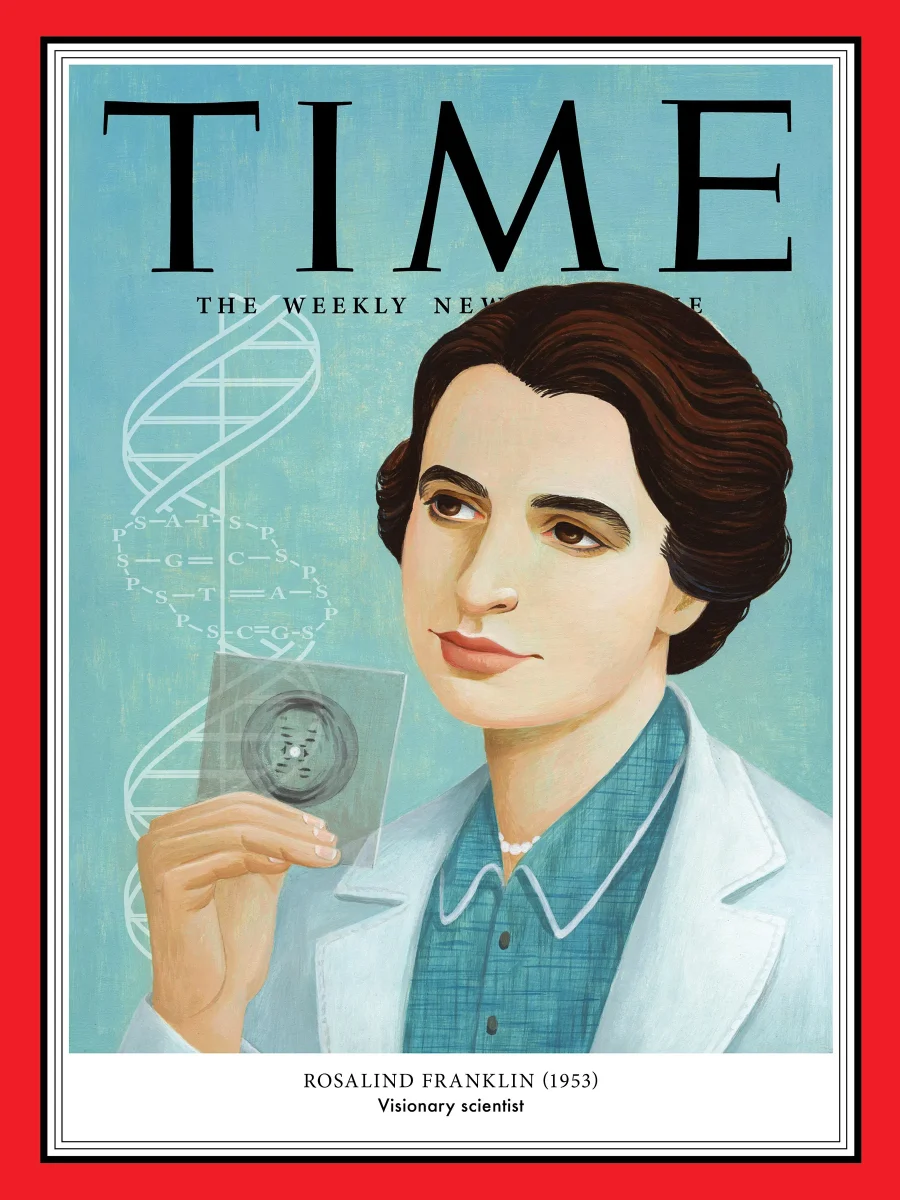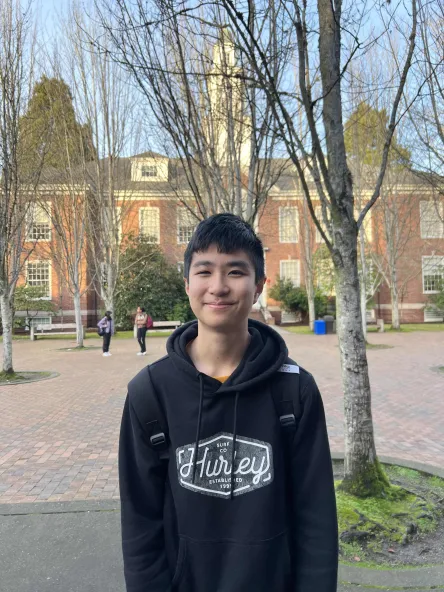You probably live for, at most, one hundred years. In that brief window of time, you are in control of how you exist. After that, you exist only as the version others remember of you. How do you want to be remembered? Do you want to be remembered as a significant person who has changed the world, or do you want to be remembered as just another ordinary person out of billions? Some humans fight their entire lives to live on after life. This is the story of one such woman who fought through adversity and mistreatment with persistence and determination. This is the story of Rosalind Franklin.
Franklin was born on July 25, 1920 in London. While her father, Ellis Arthur Franklin, was a banker, her mother was a housewife — this was the 1920s, after all. As a child, Franklin still had big plans of becoming a scientist and changing the world. She attended St Paul’s Girls’ School in London, where her interest in science and math continued to develop. However, on many occasions, institutions were hesitant to grant women the same access to research opportunities as men. For Franklin, it was like she was swimming against the current of society’s expectations, never to realize her dream.
Still, she continued pushing. After researching for Britain’s war effort and completing her PhD at the University of Cambridge, Franklin moved to King’s College in London. Franklin’s primary focus at King’s College was the study of DNA using X-ray crystallography. She worked with Maurice Wilkins, who was also studying DNA.
Franklin produced high-quality X-ray diffraction images of DNA fibers, including the famous Photo 51. This particular photograph provided crucial insights into the helical structure of DNA. “She was basically able to determine that the overall shape of this molecule had some sort of helical structure,” said Molecular & Cellular Biology teacher Dr. Parry.
Franklin’s X-ray diffraction images were instrumental in revealing important details about the structure of DNA, such as its helical nature made up of two strands.
Though on the outside Franklin’s scientific life seemed successful, the working relationship between Franklin and Wilkins was strained, and communication issues added to the difficulties they faced as colleagues. Franklin experienced unequal treatment in terms of access to laboratory resources and information; there was a lack of a clear division of responsibilities between her and Wilkins. This contributed to misunderstandings and conflicts in their research efforts and would prove to be disastrous for her research career in the future.
At this point in time, Franklin, having a base theory with significant evidence, could have published her research. But there was something stopping her from doing so. Because of male-centered scientific environment in the 1920s, the general public hesitated in trusting the research of a woman.
“A woman in science … had to get everything perfect in a way that some of the scientists who were men could get away with being a little looser,” Dr. Parry attests. Because of this attitude of perfectionism that was forced onto Franklin, the premises of her research had to be less speculative and more concrete than it might’ve had she been a man.
Maurice Wilkins, without Franklin’s knowledge or consent, showed Photo 51 to Watson and Crick. The image played a crucial role in their concrete proof of DNA shape. And because they were more liberal when it came to publishing findings, they did so before Franklin.
After Watson and Crick published their model of the DNA double helix in 1953, they received a Nobel prize in 1962. However, their “Nature” papers did not mention Franklin in a significant way, and her role in providing key X-ray diffraction data, including Photo 51, was not acknowledged until later.
While Watson and Crick were being honored for their “discoveries,” Rosalind Franklin was battling through the final stage of her adversities — cancer. In the following years, Franklin, even on her deathbed, firmly held on, and continued her research until the very end. In 1958, following two years of sickness, she passed away at the age of 37.
The spirit of science and innovation runs deeper than gender or any other divisive construct. Innovation is powered only by the curiosity in which some unique individuals yearn to satiate. Through all her efforts, Franklin proved herself really to be a scientist worth remembering. And fortunately, though not in her lifetime, this would eventually be evident to the rest of the world too.
Shortly after Franklin’s death, her own papers regarding the structure of DNA were published. Moreover, due to several factors such as the gradual acceptance of women in STEM fields and the advocacy of her peers, her contributions began to gain more and more recognition within the scientific community.
“Rosalind Franklin has been recognized much more recently for her contributions,” Dr. Parry says. “In fact, it’s a great story as a starting point for talking about gender equity and other kinds of bias in science.” From publication of her research papers to biographies and memorials, Rosalind Franklin is beginning to receive the recognition she deserves.
Today, we celebrate the inspiring story of Rosalind Franklin. Tomorrow, we will be able to celebrate the journeys of all curious women scientists around the world. Let us give every human the chance to be remembered.


